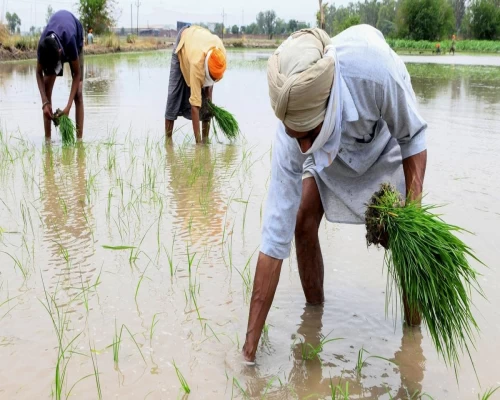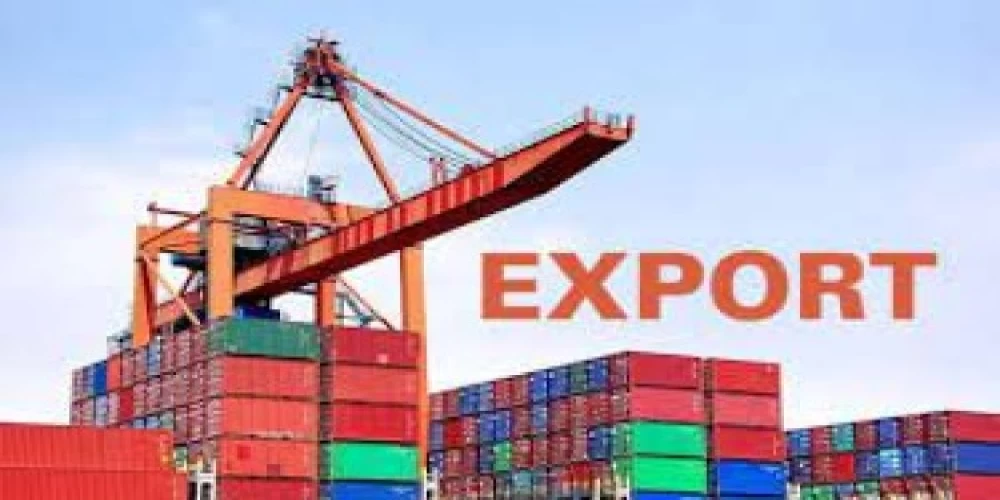
New Delhi: India’s achievement of record $ 400 billion of goods exports is a shining example of the way this country is being governed, reformed and transformed since 2014 with a mission to decisively improve the lives of citizens. The surge in exports is helping farmers, artisans, weavers and factory workers, and helping businesses, small and large to create jobs, scale up operations, become more competitive and make a mark in the global business arena. The export target of $400 billion seemed impossible to many in the Covid-ravaged world, where demand was weak, scarce containers were priced exorbitantly and the world was facing job losses and conflicts. But this did not deter Prime Minister Narendra Modi’s government from acting decisively and swiftly with a bottom-up approach in assessing the situation, identifying products and regions where exports could be increased, and adopting a partnership approach with exporters and industry bodies to deliver results.
The exports mission was revived when the Prime Minister gave a clarion call to industry to focus on exports and inspired them to aspire for a quantum jump in India’s international trade in goods and services. The PM himself held consultations with ministries, states, Indian missions abroad, commodity boards, industry associations and experts to motivate and inspire all. He continuously monitored the progress of exports. It was indeed an ambitious mission because the best India had achieved in merchandise exports in the past was $330 billion in the pre-Covid days of 2018-19, after which the pandemic battered global trade. But India bounced back rapidly as policy measures, reforms, export-promotion schemes, major initiatives like the Production Linked Incentive Scheme, and bold decisions in the face of adversity propelled India to become the fastest growing major economy in the world.
Exports have boomed, setting a series of monthly records that have added up to historic achievement in 2021-22. Exports are contributing to economic growth, creating jobs and helping small businesses and workers. The world is now looking up to India as a trustworthy and reliable partner that can provide quality goods and services on time even at the peak of the pandemic. The results are spectacular. India achieved the target nine days ahead of schedule. We adopted the ‘whole-of-government’ approach and worked as partners with exporters. The government proactively helped them overcome any hurdle and encouraged them to grab every opportunity for every product in every country to help achieve the stiff target. Targets were fixed for 200 countries/territories and special emphasis was laid on new and existing markets, lost market share, and the role of small enterprises and startups as a vehicle for exports.
But it’s not just a story of numbers. There are exciting new developments such as the export of new products, penetration of new markets, rising exports of manufactured products, an impressive 50 per cent growth in engineering exports, and laudable contribution of small businesses and farmers, whose hard work has strengthened global food security. Agricultural exports have risen nearly 25 percent to a record of nearly $50 billion. India’s hardworking farmers provide almost half of the globally traded rice. Farmers have helped wheat exports jump to a record 70 lakh tonnes, which is softening the impact of the disruption in global wheat trade caused by the crisis in Ukraine, a major supplier.
Similarly, coffee exports have risen to a record of nearly $1 billion, an impressive achievement for the sector where 95 percent of the output is from small growers. Marine exports are also booming, helping many small businesses and fishermen. India now needs to maintain the momentum. Our manufacturers, exporters and policy makers cannot afford to be complacent in the fiercely competitive world. Indian industry needs to step up investment in Research and Development and focus sharply on quality. There was a time when there was a big gap between products sold to Indian citizens and the ‘export quality’ goods that were shipped out. There should be no such gap.
The government will scale up efforts to help exporters. Many recent policies will bear fruits for years to come and give the country new global champions in manufacturing and exports. There will be many success stories like the mobile phone sector, which was once heavily import dependent but now exports have multiplied and imports are drying up. Exporters will also gain from PM Gati Shakti, the National Master Plan for Multi-modal Connectivity which the PM launched last October. We now have to make a bigger impact in international trade. This will be challenging but exciting and achievable.
Our government has a track record of achieving very ambitious targets, be it electrification of every village in the country, the dramatic rise in renewable energy capacity along with the equally dramatic fall in its cost, the LED revolution that drastically reduced the cost of energy-efficient bulbs, as well as game-changing welfare schemes to provide ordinary citizens the convenience of toilets, cooking gas, bank accounts, health insurance, water supply, homes, rural roads, internet connectivity and the world’s biggest vaccination programme against Covid-19 with the help of India-made vaccines. India is on track to reclaim its status as the major trading power it once was. That is an ambitious mission, but the story of Indian exports, like many game-changing initiatives in New India can be summed up with what Nelson Mandela famously said: “It always seems impossible until it’s done.”


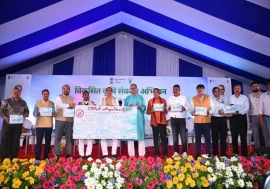
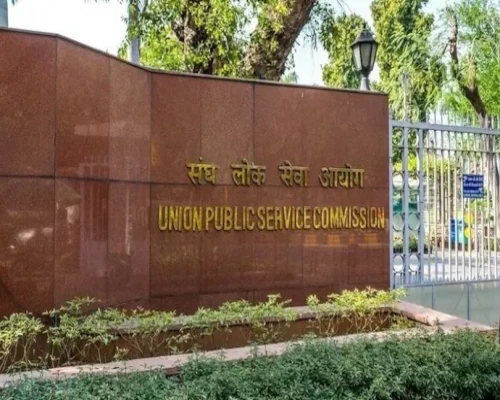
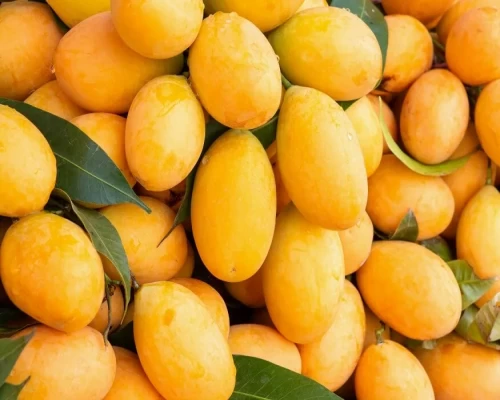

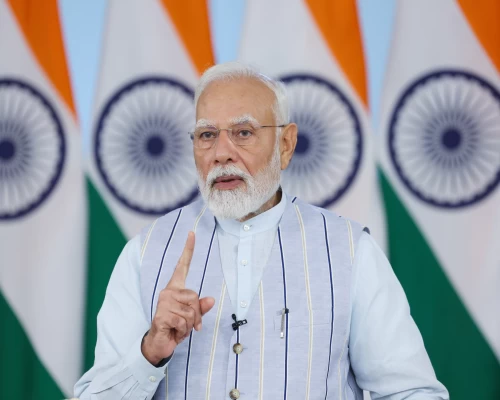
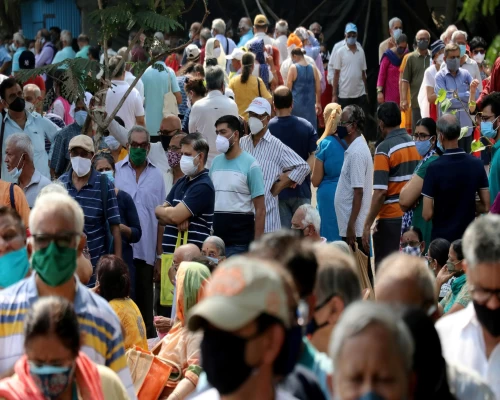
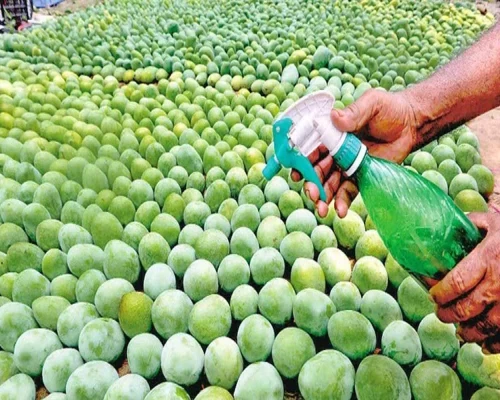
 (13)_500_x_400.webp)
